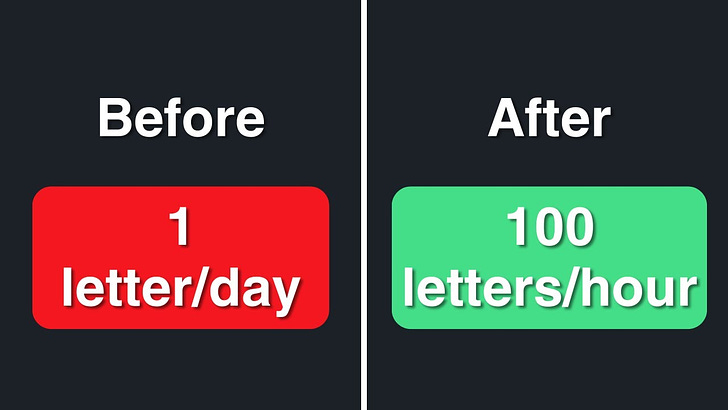I Cheated Freelance Using The Ultimate Lazy Hack
I Used Readwise for 200 days. Here’s what happened.
Readwise is the most powerful eBook library of all time.
HOAXPEDIA: A Unified Wikipedia Hoax Articles Dataset
Hoaxes are a recognised form of disinformation created deliberately, with potential serious implications in the credibility of reference knowledge resources such as Wikipedia. What makes detecting Wikipedia hoaxes hard is that they often are written according to the official style guidelines. In this work, we first provide a systematic analysis of similarities and discrepancies between legitimate and hoax Wikipedia articles, and introduce HOAXPEDIA, a collection of 311 hoax articles (from existing literature and official Wikipedia lists), together with semantically similar legitimate articles, which together form a binary text classification dataset aimed at fostering research in automated hoax detection. In this paper, We report results after analyzing several language models, hoax-tolegit ratios, and the amount of text classifiers are exposed to (full article vs the article’s definition alone). Our results suggest that detecting deceitful content in Wikipedia based on content alone is hard but feasible, and complement our analysis with a study on the differences in distributions in edit histories, and find that looking at this feature yields better classification results than context.
Dynamic Adversarial Attacks on Autonomous Driving Systems
This paper introduces an attacking mechanism to challenge the resilience of autonomous driving systems. Specifically, we manipulate the decision-making processes of an autonomous vehicle by dynamically displaying adversarial patches on a screen mounted on another moving vehicle. These patches are optimized to deceive the object detection models into misclassifying targeted objects, e.g., traffic signs. Such manipulation has significant implications for critical multi-vehicle interactions such as intersection crossing, which are vital for safe and efficient autonomous driving systems. Particularly, we make four major contributions. First, we introduce a novel adversarial attack approach where the patch is not co-located with its target, enabling more versatile and stealthy attacks. Moreover, our method utilizes dynamic patches displayed on a screen, allowing for adaptive changes and movements, enhancing the flexibility and performance of the attack. To do so, we design a Screen Image Transformation Network (SIT-Net), which simulates environmental effects on the displayed images, narrowing the gap between simulated and real-world scenarios. Further, we integrate a positional loss term into the adversarial training process to increase the success rate of the dynamic attack. Finally, we shift the focus from merely attacking perceptual systems to influencing the decision-making algorithms of selfdriving systems. Our experiments demonstrate the first successful implementation of such dynamic adversarial attacks in real-world autonomous driving scenarios, paving the way for advancements in the field of robust and secure autonomous driving.
From ASCII to Pixel Art and Back
I'm developing a 2.5D pixel art game on my old text-mode engine. A character-based ASCII engine can handle this task, it just needs a couple of upgrades.
Newzoo: There are reasons why the market may still grow
Newzoo's lead analyst Tom Wijman explains why declining playtime and the continued success of older titles doesn't necessarily spell doom for newer games
The Worst Website In The Entire World
What if you set out to make the worst website you possibly could? So poorly designed and full of frustrating patterns that users would not only hate the experience of using this website, but would also come to hate your company. Could we make a web experience so terrible that it would express how much our company hated our users?



